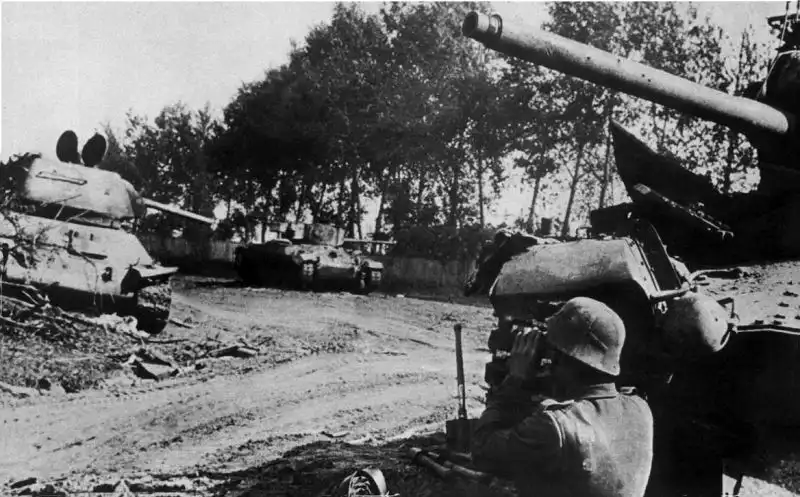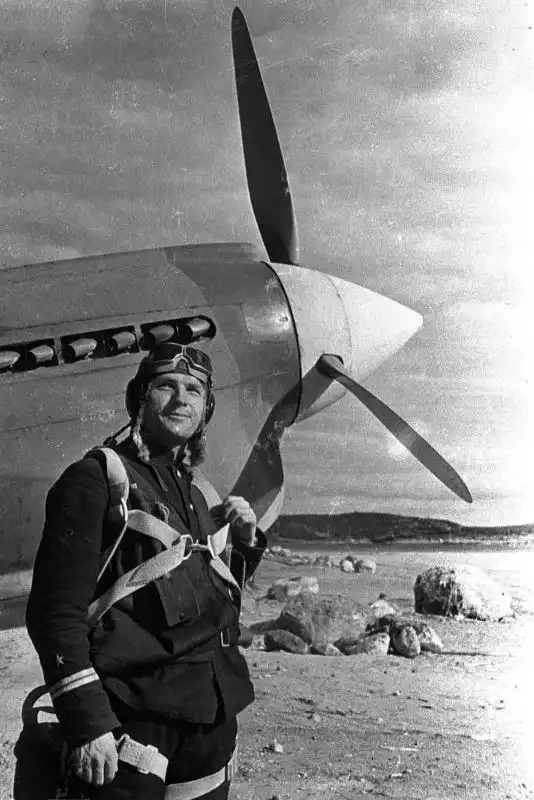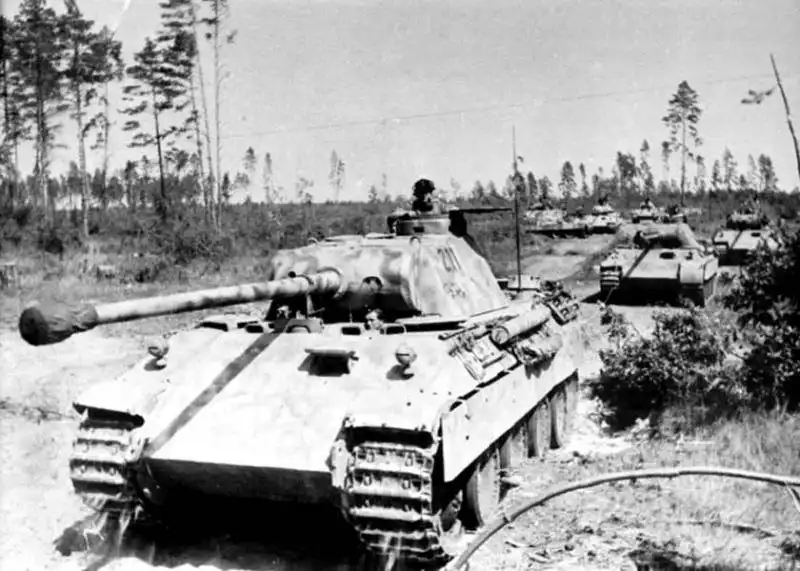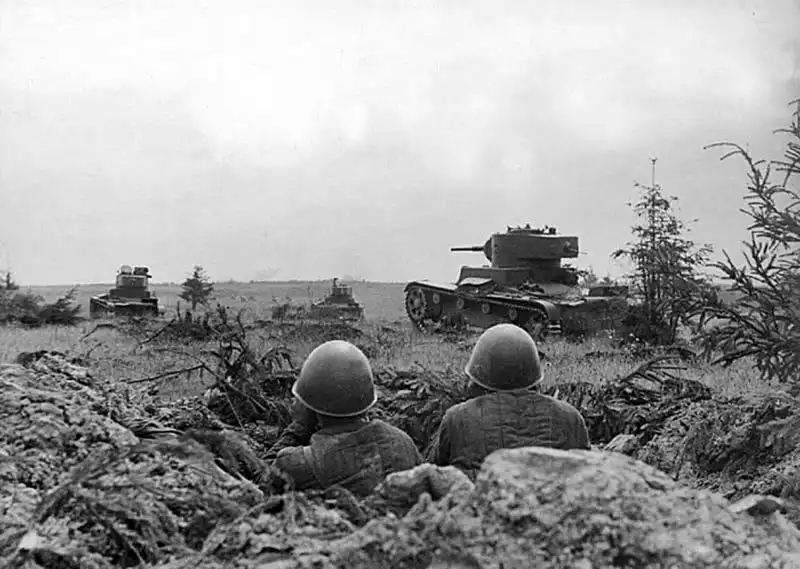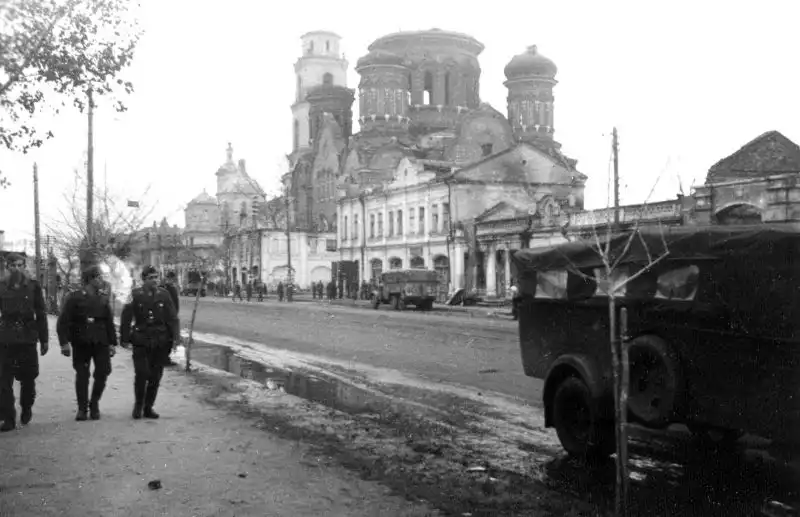Captured German sIG 33 Infantry Guns After the Battle of Kursk, 1943
October 9, 2025 - Reading time: 4 minutes
Captured German sIG 33 heavy infantry guns after the Wehrmacht’s defeat at the Battle of Kursk, 1943.
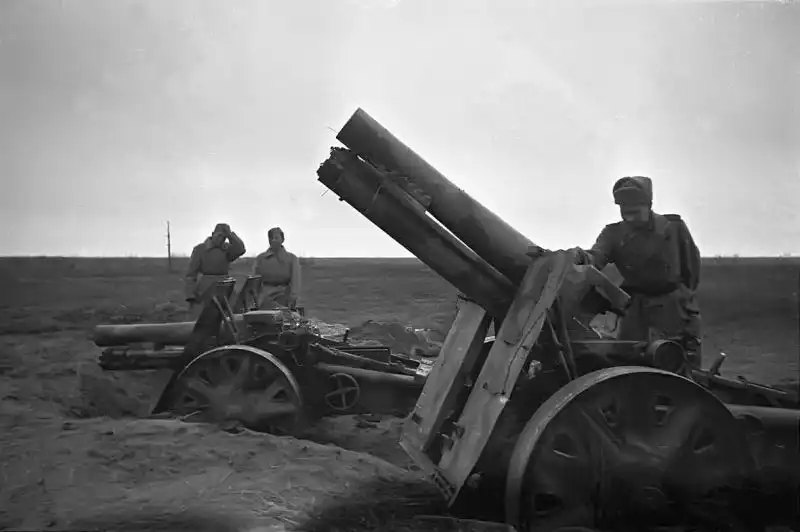
This World War II photograph shows captured German sIG 33 heavy infantry guns (15 cm schweres Infanteriegeschütz 33) taken by Soviet forces after the Battle of Kursk in the summer of 1943. These guns, among the heaviest infantry support weapons of the Wehrmacht, were left behind as the German Army retreated following its failed offensive on the Eastern Front.
The sIG 33, designed in 1927 and produced from 1933 onward, was one of the mainstay artillery pieces of the German infantry divisions. It fired a 150 mm shell with a maximum range of about 4,650 meters and weighed around 1,750 kilograms. Despite its power, the weapon was considered outdated by 1943 — slow to move, cumbersome to deploy, and increasingly vulnerable to Soviet counterbattery fire and air strikes.
Many sIG 33 guns were later mounted on tank chassis, creating self-propelled assault guns such as the Sturmpanzer I “Bison” and the Grille, an adaptation to the mobility demands of modern warfare.
The Battle of Kursk marked the turning point of the Eastern Front, where the Red Army not only halted but decisively repelled the last major German offensive. The abandoned sIG 33 pieces seen here symbolize the technological and tactical limits of German ground forces in the face of Soviet superiority.
Technical photo data:
📍 Location: Kursk, USSR
📅 Date: Summer 1943
📝 Event: Capture of German sIG 33 artillery after the Battle of Kursk
📷 Author: Natalia Bode
- sIG 33 heavy infantry gun Battle of Kursk
- Captured German artillery 1943 USSR
- Red Army trophy photos WWII
- Wehrmacht equipment losses Eastern Front
- German 150 mm infantry gun WWII photo
Category
Search
Categories
- Unidentified WWII Photos (12)
- World War II Photos 1937 (1)
- World War II Photos 1938 (1)
- World War II Photos 1939 (3)
- World War II Photos 1940 (5)
- World War II Photos 1941 (99)
- World War II Photos 1942 (55)
- World War II Photos 1943 (50)
- World War II Photos 1944 (76)
- World War II Photos 1945 (40)
- WWII and Postwar Photos 1946 (1)
